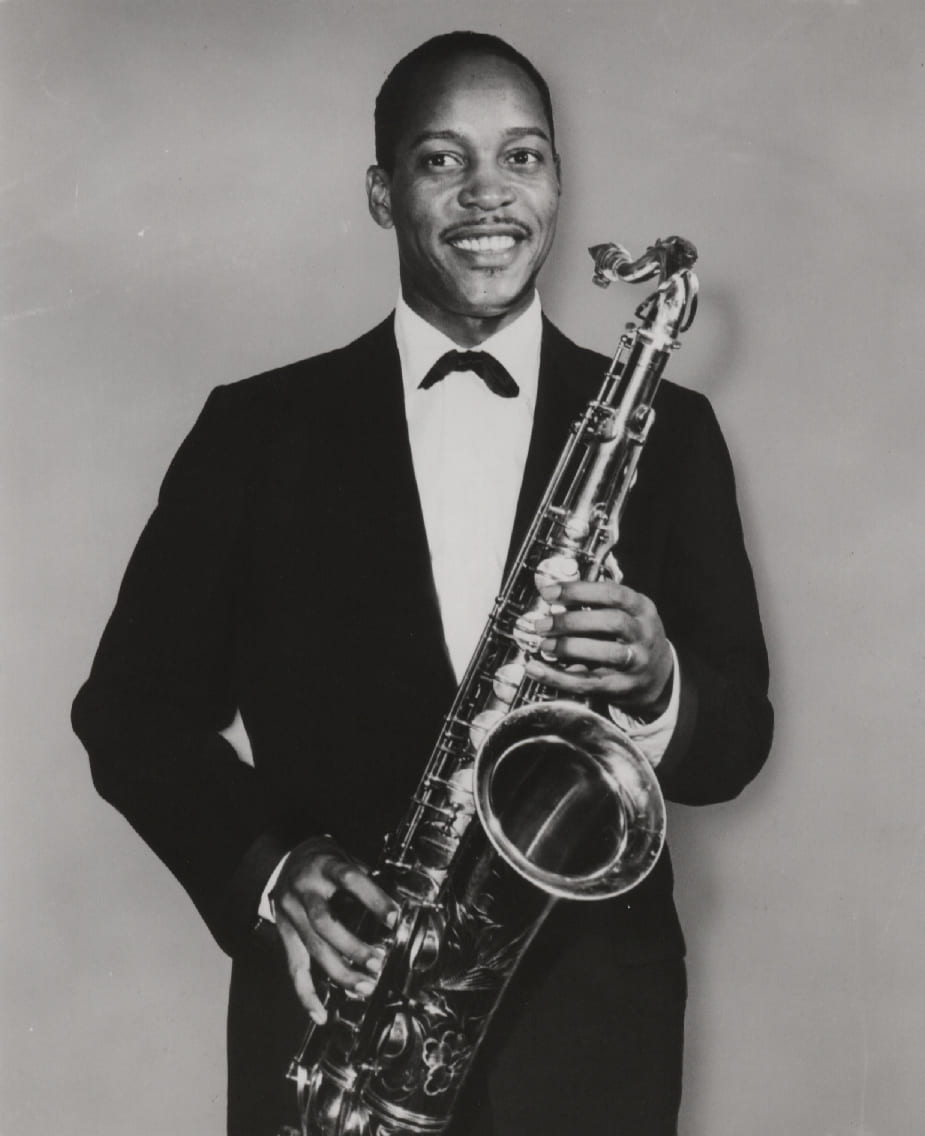Sonny Stitt

Sonny Stitt fut l'un des saxophonistes de bebop les plus influents. Admiré pour sa technique, son swing, son inventivité et son efficacité sur les solos enflammés comme sur les ballades, celui qu'on surnommait le "Loup Solitaire" a enregistré plus de cent albums.
Sonny Stitt was one of the most influential bebop saxophonists. Admired for his technique, his swing, his inventiveness and his efficiency on fiery solos as well as on ballads, the one nicknamed the "Lone Wolf" recorded more than a hundred albums.
Edward "Sonny" Stitt was born in 1924 in Boston, Massachusetts and grew up in Michigan. His parents taught music, his brother was a pianist, and he himself first studied piano before taking up singing, clarinet and then alto saxophone.
He began his career in Tiny Bradshaw's band in the early 1940s, then joined Billy Eckstine's band where he played with the future bopers Dexter Gordon and Gene Ammons. He quickly meets Charlie Parker with whom he plays in Kansas City, then other bebop pioneers: Dizzy Gillespie, Kenny Clarke, Bud Powell... He replaces Charlie Parker in Dizzy Gillespie's band in 1945 and makes his first recordings. It was during this period that Sonny Stitt began to play tenor saxophone regularly and developed a very distinctive style.
He began recording as a leader in 1946 and spent a large part of his career leading small groups. In the 1950s, he recorded several memorable records with his friend Gene Ammons, tenor saxophonist, but also with Bud Powell, Eddie Lockjaw, and the Quincy Jone's Orchestra. He was also invited to participate in Norman Granz's JATP concerts in the late 1950s.
He then experimented with Afro-Cuban jazz with Thad Jones and Chick Corea, notably by interpreting the standard Autumn Leaves. A few years later, he explored soul jazz with Booker Ervin in the album Soul people (1964).
In 1972, ten years before his death, he released an album that would remain a classic: Tune-Up!
Photo credit: Jean-Pierre Roche